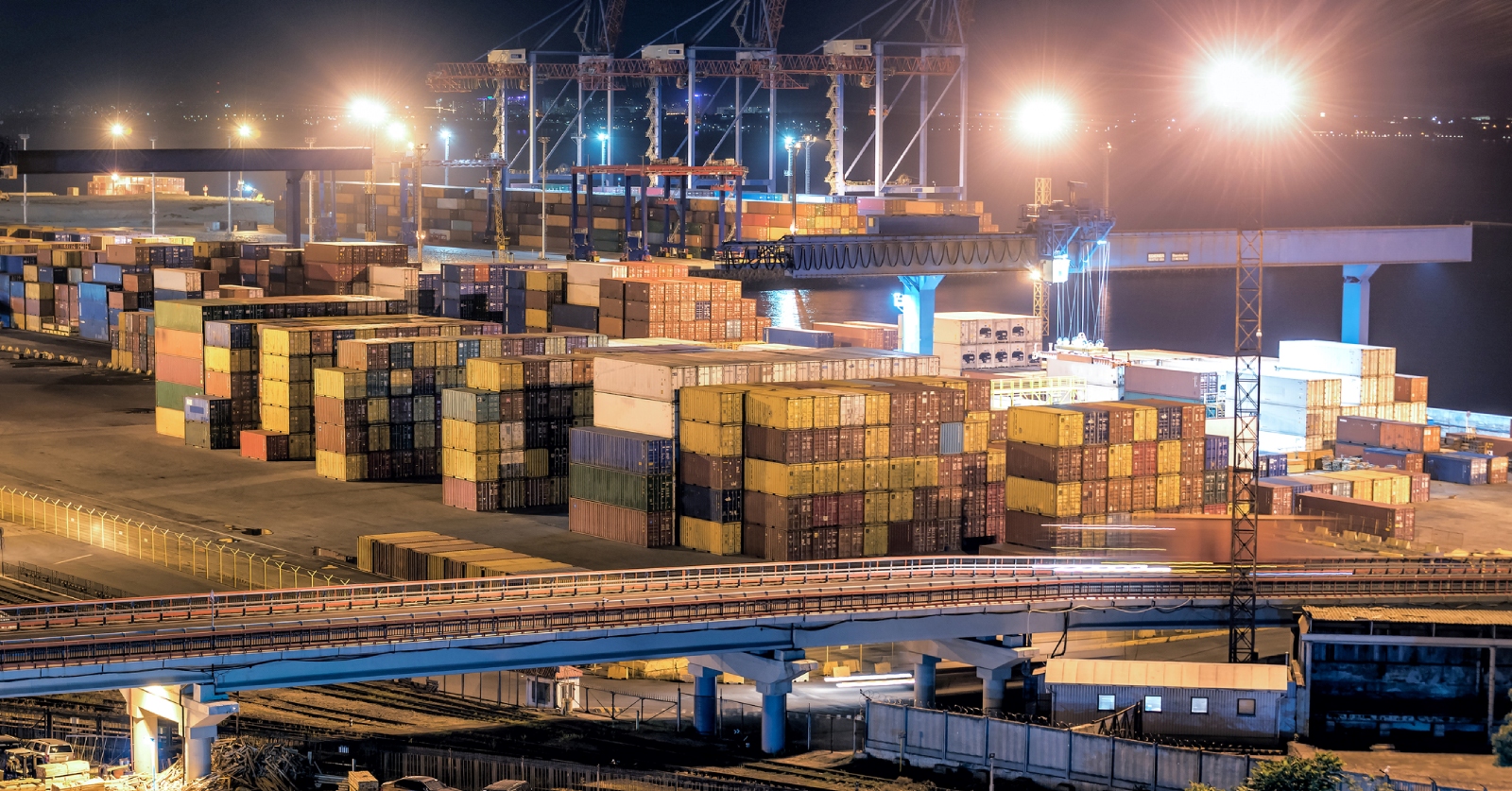How Tariffs Could Affect Scrap Metal Recycling In 2025

Date

Total Steel U.S. Imports 2015-2024 In TonnesSource: www.FastMarkets.com
The Impacts of Proposed 2025 Tariffs on the U.S. Scrap Metal Recycling Industry
The scrap metal recycling industry in the United States has long been a cornerstone of sustainability and economic growth, supporting manufacturing sectors while mitigating environmental impacts associated with raw material extraction. However, proposed tariffs scheduled for implementation in 2025 could introduce challenges for both recyclers and manufacturers.
Proposed Tariffs and Their Scope
According to FactCheck.org, the upcoming administration has indicated plans to impose a universal tariff ranging from 10% to 20% on all imported goods, with an even higher rate of 60% specifically targeting Chinese products. These measures aim to address trade imbalances and protect domestic industries, including steel production.
Potential Impacts on the Scrap Metal Recycling Industry
- Increased Export Costs: U.S. scrap recyclers often export materials to countries with high demand, such as China, India, and Turkey. The imposition of tariffs on scrap metal exports would make U.S. materials less competitive in global markets, potentially reducing demand and leading to an oversupply domestically. This oversupply could drive down scrap metal prices, adversely affecting the profitability of recyclers.
- Rising Costs for Domestic Manufacturers: Tariffs on imported metals are likely to raise costs for domestic manufacturers that rely on affordable raw materials, including recycled metals. Limited access to competitively priced imports may result in higher production expenses, which could dampen manufacturers’ demand for recycled materials.
- Shifts in Global Trade Dynamics: If U.S. scrap metal becomes too expensive to export due to tariffs, international buyers may seek alternative suppliers. This shift could alter global trade patterns, with U.S. recyclers losing market share to competitors in regions like Europe or Southeast Asia.
- Pressure on Small and Medium-Sized Recyclers: Smaller scrap metal businesses, often operating on tight margins, may find the additional financial burden of tariffs challenging. This pressure could lead to consolidations or closures, reducing competition and innovation within the industry.
- Environmental Consequences: A decline in profitability within the recycling industry might discourage investment in new technologies and facilities, slowing progress toward more sustainable recycling methods. Additionally, lower scrap metal prices could result in increased stockpiling or disposal of recyclable materials, undermining environmental sustainability efforts.
Opportunities
Despite these potential obstacles, the scrap metal recycling industry can explore several strategies to adapt:
- Advocacy for Policy Adjustments: Engaging with policymakers to advocate for exemptions or reduced tariffs on materials critical to recycling and manufacturing could help balance trade protectionism goals with industry needs.
- Investment in Domestic Markets: Focusing on developing local markets for recycled metals can reduce reliance on exports. Strengthening relationships with domestic manufacturers may create new demand and stabilize the market.
- Technological Innovation: Investing in advanced sorting and processing technologies can enhance efficiency, reduce costs, and improve the competitiveness of recycled metals.
While the proposed 2025 tariffs present significant challenges to the scrap metal recycling industry, they also help drive innovation and strategic adaptation. By staying informed and proactive, industry stakeholders can navigate these changes and continue to support sustainable metal recycling in the United States.



